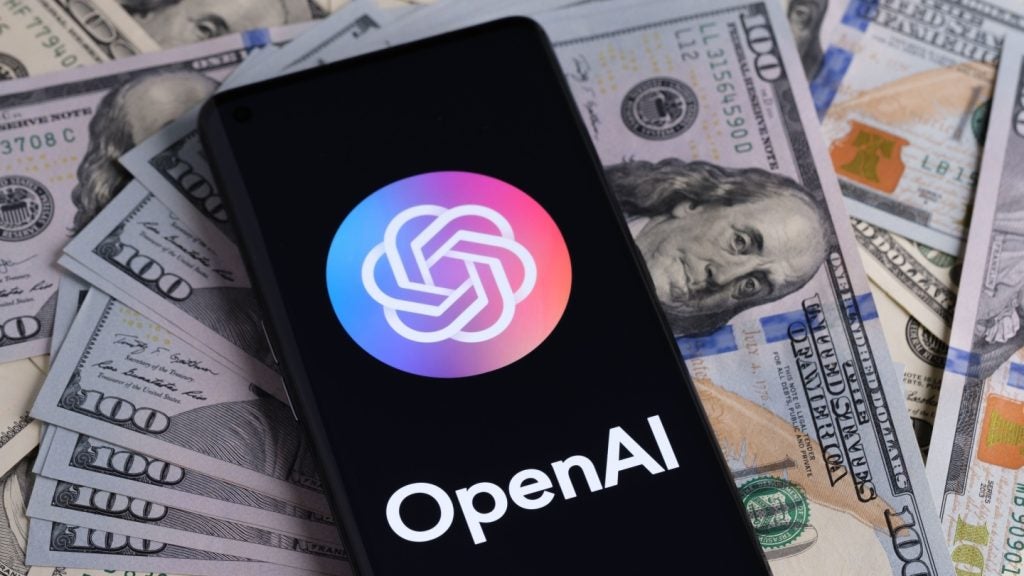Viettel Military Industry and Telecoms Group has filed a patent for a semi-automatic sampling process for a face recognition system. The process simplifies and streamlines the collection of facial data, including steps such as selecting a reference image, adjusting the viewing angle for increased data diversity, and automatically storing the collected data in a database. The process aims to reduce time and effort while maintaining high accuracy, and can be applied in practical systems such as surveillance and face attendance with a large number of people. GlobalData’s report on Viettel Military Industry and Telecoms Group gives a 360-degree view of the company including its patenting strategy. Buy the report here.
According to GlobalData’s company profile on Viettel Military Industry and Telecoms Group, Drone gimbals was a key innovation area identified from patents. Viettel Military Industry and Telecoms Group's grant share as of September 2023 was 40%. Grant share is based on the ratio of number of grants to total number of patents.
The patent filed is for a semi-automatic face recognition system
A recently filed patent (Publication Number: US20230245495A1) describes a semi-automatic sampling process for a face recognition system. The process involves several steps to ensure efficient and diverse data collection.
In step 1, a reference image is selected as a frontal image of a person's face. Identification information is entered for the person, and the face image region is manipulated to determine the reference image.
Step 2 involves changing the viewing angle to increase data diversity. The acquired face data is evaluated automatically by comparing it with the reference image and clustering it until system requirements are met.
Step 3 focuses on automatically storing the image data and related information in a database for future use. The data is stored in a server system, ensuring centralized and easily accessible data.
The patent also describes additional details for each step. In step 1, a face detection model is used to output rectangular coordinates around the face image region. This helps in selecting the processing region and creating a feature vector as reference data.
In step 2, the collected face data is evaluated based on various criteria, including the yaw angle of the face and the similarity between feature vectors. A graph is built to represent the connection between face images, and a depth-first search is performed to find a connected subgraph of images belonging to the same person.
Step 3 involves saving image data to a MinIO database and storing information about sampled people and collected mold image information in a PosgreSQL database. The data is linked together for easy querying, and a message is displayed upon successful storage.
The patent also mentions that the process of clustering and evaluating face orientation diversity is performed after collecting 100 images compared to the previous cluster. This helps strike a balance between sampling time and computational cost.
Overall, this patent describes a semi-automatic sampling process for a face recognition system that aims to ensure efficient data collection, diversity, and centralized storage. The process involves steps such as reference image selection, data evaluation, and database storage.
To know more about GlobalData’s detailed insights on Viettel Military Industry and Telecoms Group, buy the report here.
Premium Insights
From

The gold standard of business intelligence.
Blending expert knowledge with cutting-edge technology, GlobalData’s unrivalled proprietary data will enable you to decode what’s happening in your market. You can make better informed decisions and gain a future-proof advantage over your competitors.





